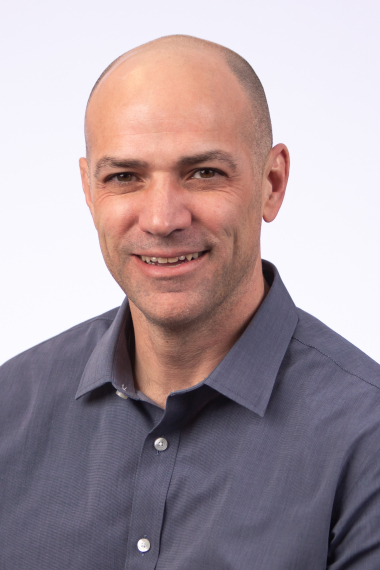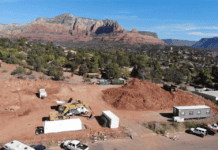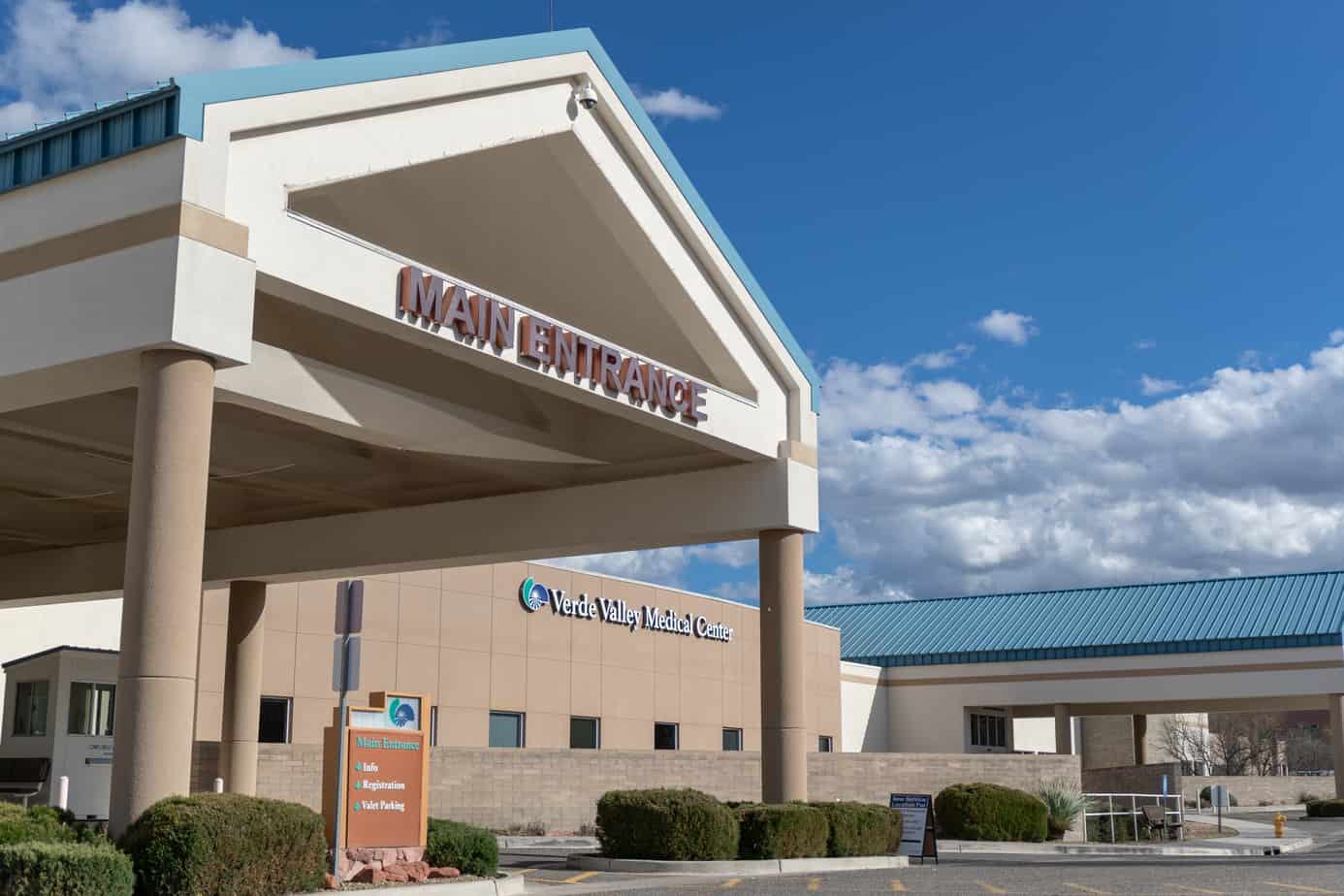On Wednesday, Dec. 8, Yavapai County Community Health Services and the Arizona Department of Health issued a joint release announcing that the first confirmed COVID-19 infection caused by the Omicron variant of COVID-19 in Arizona was recently found in Yavapai County.
So far infections caused by the Omicron variant, a mutation of the novel coronavirus first detected in South Africa, have been detected in 30 other U.S. states.
As of press time, the county and state had not released any details about the location of the detection within Yavapai County.
In the Wednesday release, YCCHS Director Leslie Horton urged residents to take advantage of proven methods of limiting spread of the respiratory virus.
“It’s natural to be concerned, but we should avoid overreacting to this news,” Horton said. “Since late 2020, as different variants have come along, COVID-19 vaccines have consistently proven highly effective at preventing severe illness, hospitalization and death. Our best response to the Omicron variant, as with any other variant of concern, is renewing our focus on vaccination and following recommendations, such as staying home when sick, that are proven to reduce the spread.”
According to the CDC, the Omicron variant is expected to be more transmissible than the original novel coronavirus, but more study is needed to know if it is more transmissble or causes less or more severe symptoms than Delta, the variant that is currently dominating cases in Arizona and across the U.S.
Bad Timing

It’s not clear yet how significant the new mutation will be for the U.S., but it’s not a great time for news of a potentially more transmissible variant. Local health care providers have been dealing with an “unprecedented” strain on resources heading into the winter.
In an interview with Sedona Red Rock News before the Omicron discovery, Northern Arizona Healthcare’s Chief Medical Officer Dr. Derek Feuquay said the system was bending but not breaking, and he expected the health care system to be “OK” over the winter.
“We’re busier than we’ve ever been,” he said “but if you’re sick, we’re going to find a way to take care of you. It’s busy, it’s unprecedented, but we’re going to take care of you.”
He urged residents not to put off needed medical care amidst the extra wait times.
“The message I want to get across is … don’t just stay home …. We’ll figure it out and we’ll triage you,” he said.
Yavapai County and other parts of the state began to creep up to the “high” level of COVID transmission even before the weather cooled and holidays brought people indoors — a time when health officials expect rises in transmission.
Yavapai county is far exceeding the benchmarks for high transmission set by the national Coronavirus Task Force and adopted by state and county officials in Arizona: Over 100 new COVID cases per 100,000 people over the past seven days or over 10% positivity of PCR tests. On Dec. 8, Yavapai County Community Health Services reported the county having 371 new cases per 100,000 residents, and 25.9% positivity.
We asked Feuquay whether the fact that Yavapai County was nearly three-times above the threshold for the highest level of transmission meant the benchmarks needed recalibration. “No,” he said, “[transmission] is just that high.”
Yavapai County has reported 825 coronavirus deaths since the start of the pandemic. Of those, 110 occurred in the past month. Since May 1, 91.9% of COVID deaths recorded in the county were unvaccinated patients. On Dec. 8 the county reported 99 COVID-19 patients hospitalized in Yavapai Regional Medical Center’s east and west campuses, four in the Northern Arizona VA Health Care System, and 26 at Verde Valley Medical Center.
According to data from the Arizona Department of Health, hospital bed utilization is as high as it’s been at any point during the pandemic, at 96% of all beds in Arizona. The number of these being utilized by COVID patients is 2,789 or 32% of capacity. This is a little less utilization by COVID patients than the state experienced at the same time last year, which was 44% occupancy by COVID patients.
“This is the most sustained census [hospital population] at a high level I’ve seen in 12 years,” Feuquay said of COVID’s impact on demand for services during the pandemic.
| Top Priorities |
| Dr. Derek Fuequay, an internal medicine hospitalist and chief medical officer for Flagstaff Medical Center, prioritized these steps for protecting individual and public health this winter. No. 1: Get vaccinated. No. 2: Get booster. No. 3: If you’re sick, you’re sick. Stay home. “If you have to miss the holidays, you have to miss the holidays.” No. 4: Don’t forgo care if you’re sick and you need help. |
Staff Shortages
Feuquay expressed confidence the hospital system would not be overwhelmed by what winter demand brings.
“We had to have surge plans a long time ago [at the start of the pandemic]. Everyone had to have a surge plan. We have all types of plans,” he said. “Right now we’re not in that situation.
“We’ve been lucky to get surge nurses and traveling nurses. The governor’s been really good about managing that for rural hospitals …. Where we’re really going to struggle is, we’re seeing the [COVID] numbers creep up as high as they’ve been since [last] winter, and we haven’t seen the highest level yet. … The number of providers that we have is where we’re starting to run into trouble.”
While medical leaders don’t feel like they will be overwhelmed, the system is feeling fatigue, which is leading to staffing issues.
On Dec. 3, NAH issued a press release announcing “a loss of providers in the region,” citing “health care employee burnout” among the causes. The nonprofit medical group said “This temporary shortage will impact patient and community members’ access to appointments.”
To illustrate the need for doctors, Feuquay, an internal medicine doctor who is also a high-level administrator for NAH, said he has been rolling up his sleeves and working extra shifts at Flagstaff Medical Center to help meet the demand. He noted that Verde Valley Medical Center recently needed to have an extra team of doctors assigned to deal with the increase in COVID patients.
Feuquay said anecdotal reports of waiting room experiences are unreliable in understanding what is happening with the health care system during COVID.
“Being in the waiting room … you have no idea of the big picture,” he said. “It’s busy down there.”
Feuquay summed up his view of conditions right now: “Things are just an absolute mess right now, but I think it’s going to be OK.”





















